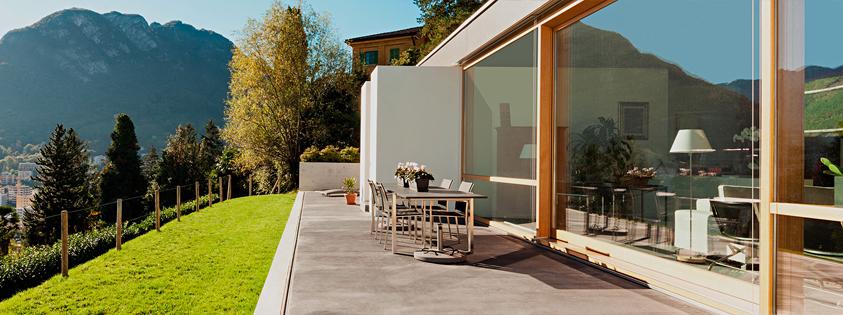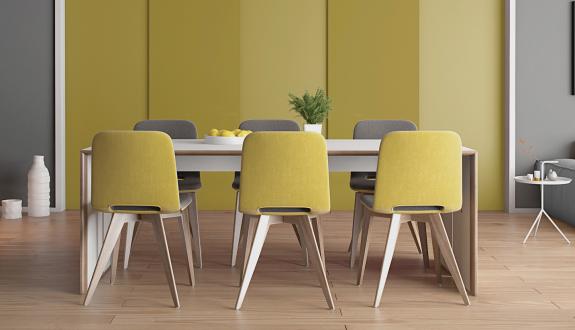Tips for a C2C inspired home
By building a green home and incorporating sustainable features, you can enjoy all sorts of benefits: protect the environment, gain efficiencies and even save money on bills. But why not go even further? It’s possible to transform your home into a beneficial and health-supporting environment by borrowing from the Cradle to Cradle philosophy.
This approach looks beyond green credentials. It considers the whole lifecycle of products – from sourcing through manufacturing to recycling – as well as their wider impact on society, economy and the planet. The idea is the brainchild of William McDonough and Dr. Michael Braungart, who realised that minimising damage isn’t enough; we need positive change “to love all the children of all species for all time”. The program is educating and empowering individuals and companies to live in harmony with nature and support a circular economy.
Here are some practical ways you can help sustain nature and maintain long-term value too:
Tips and tricks for a health-supporting home
Materials
- Opt for locally made products to minimise transport
- Choose materials which are natural and non-toxic, such as glass
- Select certified organic material (FSC/PEFC certified wood)
- Browse thousands of products that carry C2C certification, including AGC glass
- Make sure materials are designed to be disassembled
Energy
- Harness 100% clean energy from the sun with energy-generating glass
- Save energy with plenty of natural or recycled insulation materials
- Keep warmth inside year-round with insulating glazing products
- Install rainwater harvesting and management to use water wisely
Nature
- Develop a wildlife-friendly garden to support local animals and plants
- Take care of the soil and ensure no organic material leaves the area
Health
- Have two windows per room to encourage cross-ventilation
- Minimise indoor air pollution caused by VOCs (volatile organic compounds) by avoiding products with chemicals, synthetic fragrances, adhesives, preservatives
- Consider decorative glass by AGC which has very low VOC emissions






